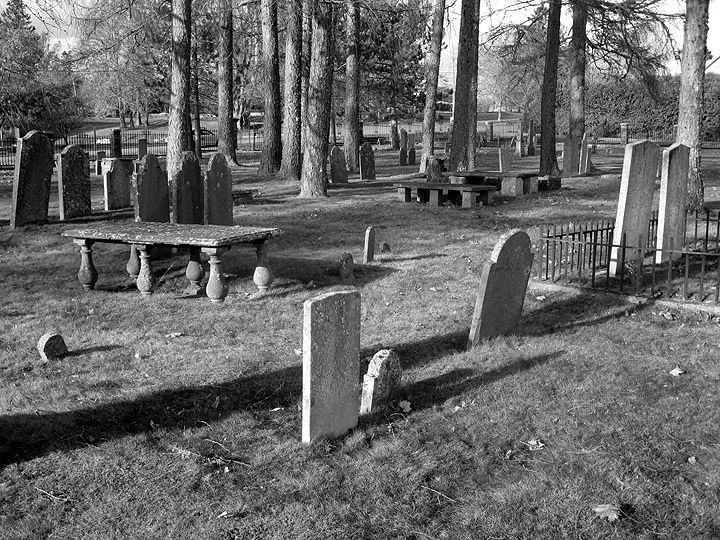|
Charles Joseph Briscoe: The Illegitimate son of King George IV?
Many visitors, and residents, of St. Andrews, Charlotte Co., New Brunswick, pass the Old Loyalist Burial Ground at corner of King and Prince of Wales Streets and perhaps only briefly glimpse through its gate at the few dozen weathered headstones. No doubt, this is the final resting place for the ancestor of some, those who once lived out their lives in and around the town of St. Andrews during the late 1700s/early 1800s. However, there is one particular occupant of the cemetery that may have taken a secret with him when he died in 1842. His name was
Below is a newspaper article from the St. Andrews Beacon which reports on, not only who Charles Briscoe was, but also on the exhuming of the body in 1902:
|
|
Royal Secret Revealed King George IV was Married Secretly and Had a Son Was That Son the Late Charles Briscoe of St. Andrews? London, November 11. By permission of King Edward the Daily Chronicle asserts, a package of papers consigned to the care of Coutts’ Bank, by Mrs. Fitzherbert (Maria Anne Smythe), under the stipulation that it was not to be opened for a long period, has now after seventy years been opened and proved to contain the marriage certificate and other indisputable roofs that George IV was actually married to Mrs. Fitzherbert. Mr. Fitzherbert became the wife of the Prince of Wales, afterward George IV, in December 1785. The marriage of the Prince was invalid under English law, though it was sanctioned by the Roman Catholic Church, of which Mrs. Fitzherbert was a member. It was expected that the papers in Coutts’ would settle the question which as agitated the British public for over a century, as to whether there was issue from the marriage, but there is noting in the foregoing despatch to indicate that he question has been solved. It has long been reported that there actually was a male child, and that this child, emigrated to the United States and settled in Washington, where he died some years ago, after living quietly, but in good circumstances.
Did the King's son Live and Die in St. Andrews, New Brunswick?
The Grave Refuded to Yeild Up Its Secret In a sheltered corner of the ancient burial ground of St. Andrews, protected by narrow wooden palings, stands a plain white marble table, which tells the above simple tale. Weather-beaten and moss-grown the stone is, but it still stands erect—in marked contrast to many others about it. The inscription is plainly discernible. To the wayfarer who knows nothing and cares less of the early history of St. Andrews and of the occupants of this humble tomb, the story told by the marbled page has little of interest, yet beneath the grave there lies hidden from mortal eyes a romance of real life such as the novelist’s pen has seldom written:--a romance in which no less a personage than a king of England is alleged to have played s leading part. The story has been closely guarded for many years, but with the death of the immediate members of the family the necessity for further concealment has been to a great extent removed.
Here awaiting the final resurrection Rest the mortal remains Of Charles Joseph Briscoe And Elizabeth Ann His wife To whose memory this Tablet has been erected By their children. This corruption must put on incorruption and this mortal put on immortality.
Source: St. Andrews Beacon |

